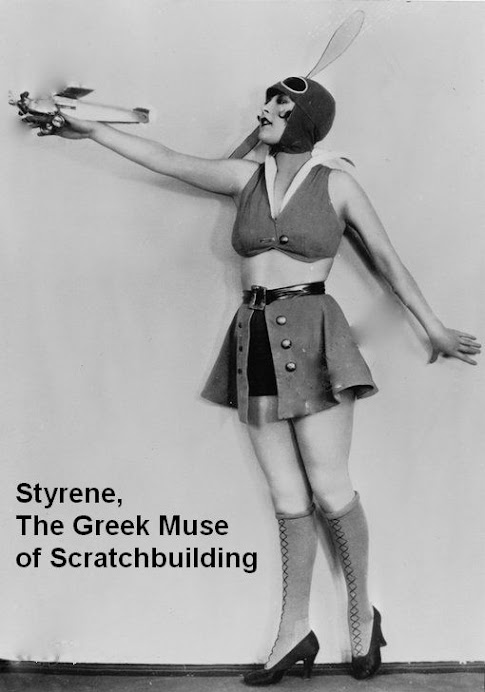At about 5.5 meters span the Louis Clement triplane seems like something you can take on your carry-on bag to the nearest airstrip.
It was first presented at the Paris Aero Salon in 1919 with
an Anzani engine behind the pilot on top of the aft fuselage, transmitting
power through an extension shaft to the propeller on the normal front position.
One could say it was the ultra-light of the time.
It reappeared in the Salon in 1921 without the engine.
The Clement triplane was made of a rather complex tubular
metal construction it was also braced outside with a number of wires that would make the delights of the 1/72 model builder.
As you can see on the model, a tricycle landing gear was
provided, with a nose wheel recessed in the front and the other two being
located on the wingtips of the lower wing; an unusual arrangement for the time,
no doubt.
The pilot, its only occupant, had the plane built around
him, the only way he could get in.
To get out, he had to crash the plane. Well, I think you
better disregard this last sentence.
Anyway, by 1922 with the engine removed the plane was
presented at the Combegrasse gliding competition where, according to press reports, managed quite well considering its
cumbersome design and aerodynamics, but ended up having a too close and sudden
encounter with the ground.
I saw a youtube clip where you can see this thing actually
flying, but unfortunately I lost the link to it.
As you can assume, in 1/72 it is indeed tiny and somehow
vaguely resembles the Fokker DR1, save that is far less famous and it is not
red, for which it is unlikely to be kitted in the next 300 years.
Nevertheless, even small as it is, it consumed a certain
amount of parts, time and patience. I used some wires to replicate the
structure used to deal with the unusual wing arrangement. The article’s images
will walk you through the process.
For the ones with shelf space issues, some leftovers in the
styrene bin and perhaps a certain sense of humor.
















No comments:
Post a Comment